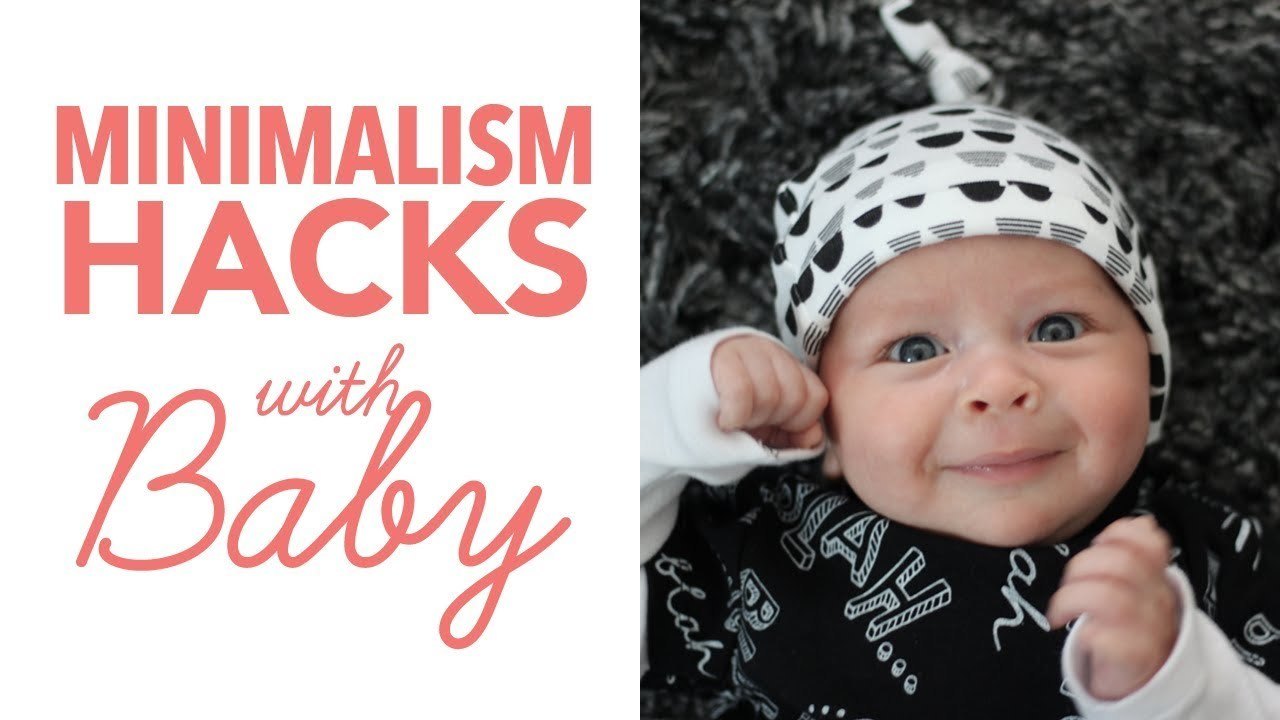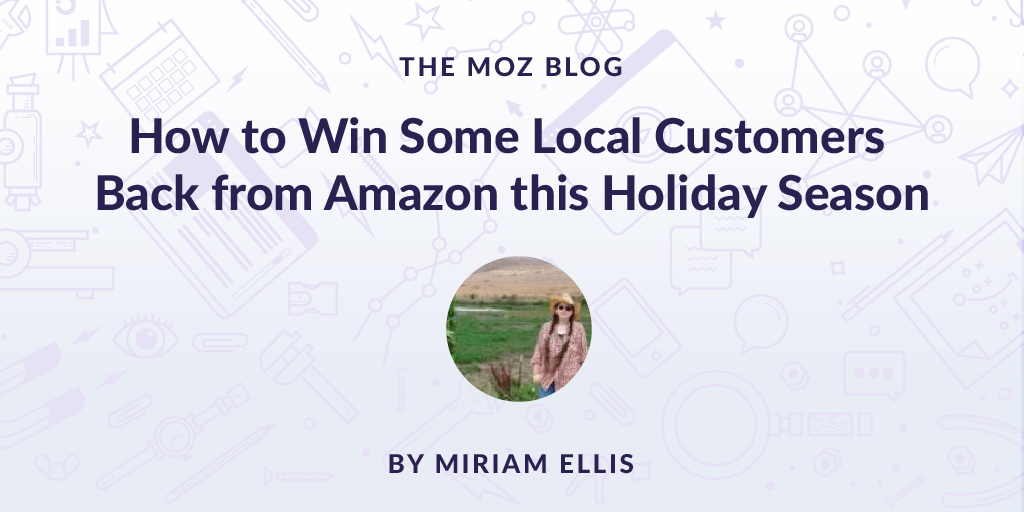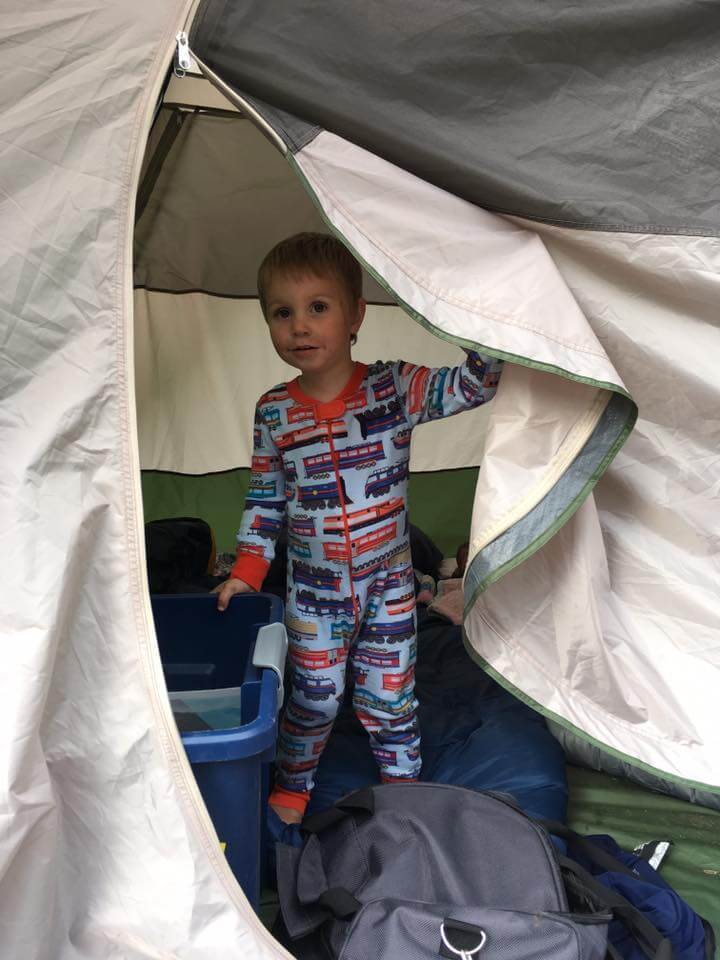Posted by Laura.Lippay
Just like people, websites come in all shapes and sizes. They’re different ages, with different backgrounds, histories, motivations, and resources at hand. So when it comes to approaching SEO for a site, one-size-fits-all best practices are typically not the most effective way to go about it (also, you’re better than that).
An analogy might be if you were a fitness coach. You have three clients. One is a 105lb high school kid who wants to beef up a little. One is a 65-year-old librarian who wants better heart health. One is a heavyweight lumberjack who’s working to be the world’s top springboard chopper. Would you consider giving each of them the same diet and workout routine? Probably not. You’re probably going to:
Learn all you can about their current diet, health, and fitness situations.Come up with the best approach and the best tactics for each situation.Test your way into it and optimize, as you learn what works and what doesn’t.
In SEO, consider how your priorities might be different if you saw similar symptoms — let’s say problems ranking anything on the first page — for:
New sites vs existing sitesNew content vs older contentEnterprise vs small bizLocal vs globalType of market — for example, a news site, e-commerce site, photo pinning, or a parenting community
A new site might need more sweat equity or have previous domain spam issues, while an older site might have years of technical mess to clean up. New content may need the right promotional touch while old content might just simply be stale. The approach for enterprise is often, at its core, about getting different parts of the organization to work together on things they don’t normally do, while the approach for small biz is usually more scrappy and entrepreneurial.
With the lack of trust in SEO today, people want to know if you can actually help them and how. Getting to know the client or project intimately and proposing custom solutions shows that you took the time to get to know the details and can suggest an effective way forward. And let’s not forget that your SEO game plan isn’t just important for the success of the client — it’s important for building your own successes, trust, and reputation in this niche industry.
How to customize an approach for a proposalDo: Listen first
Begin by asking questions. Learn as much as you can about the situation at hand, the history, the competition, resources, budget, timeline, etc. Maybe even sleep on it and ask more questions before you provide a proposal for your approach.
Consider the fitness trainer analogy again. Now that you’ve asked questions, you know that the high school kid is already at the gym on a regular basis and is overeating junk food in his attempt to beef up. The librarian has been on a low-salt paleo diet since her heart attack a few years ago, and knows she knows she needs to exercise but refuses to set foot in a gym. The lumberjack is simply a couch potato.
Now that you know more, you can really tailor a proposed approach that might appeal to your potential client and allow you and the client to see how you might reach some initial successes.
Do: Understand business priorities.
What will fly? What won’t fly? What can we push for and what’s off the table? Even if you feel strongly about particular tactics, if you can’t shape your work within a client’s business priorities you may have no client at all.
Real-world example:
Site A wanted to see how well they could rank against their biggest content-heavy SERP competitors like Wikipedia but wanted to keep a sleek, content-light experience. Big-brand SEO vendors working for Site A pushed general, content-heavy SEO best practices. Because Site A wanted solutions that fit into their current workload along with a sleek, content-light experience, they pushed back.
The vendors couldn’t keep the client because they weren’t willing to get into the clients workload groove and go beyond general best practices. They didn’t listen to and work within the client’s specific business objectives.
Site A hired internal SEO resources and tested into an amount of content that they were comfortable with, in sync with technical optimization and promotional SEO tactics, and saw rankings slowly improve. Wikipedia and the other content-heavy sites are still sometimes outranking Site A, but Site A is now a stronger page one competitor, driving more traffic and leads, and can make the decision from here whether it’s worth it to continue to stay content-light or ramp up even more to get top 3 rankings more often.
The vendors weren’t necessarily incorrect in suggesting going content-heavy for the purpose of competitive ranking, but they weren’t willing to find the middle ground to test into light content first, and they lost a big brand client. At its current state, Site A could ramp up content even more, but gobs of text doesn’t fit the sleek brand image and it’s not proven that it would be worth the engineering maintenance costs for that particular site — a very practical, “not everything in SEO is most important all the time” approach.
Do: Find the momentum
It’s easiest to inject SEO where there’s already momentum into a business running full-speed ahead. Are there any opportunities to latch onto an effort that’s just getting underway? This may be more important than your typical best practice priorities.
Real-world example:
Brand X had 12–20 properties (websites) at any given time, but their small SEO team could only manage about 3 at a time. Therefore the SEO team had to occasionally assess which properties they would be working with. Properties were chosen based on:
Which ones have the biggest need or opportunities?Which ones have resources that they’re willing to dedicate?Which ones are company priorities?
#2 was important. Without it, the idea that one of the properties might have the biggest search traffic opportunity didn’t matter if they had no resources to dedicate to implement the SEO team’s recommendations.
Similarly, in the first example above, the vendors weren’t able to go with the client’s workflow and lost the client. Make sure you’re able to identify which wheels are moving that you can take advantage of now, in order to get things done. There may be some tactics that will have higher impact, but if the client isn’t ready or willing to do them right now, you’re pushing a boulder uphill.
Do: Understand the competitive landscape
What is this site up against? What is the realistic chance they can compete? Knowing what the competitive landscape looks like, how will that influence your approach?
Real-world example:
Site B has a section of pages competing against old, strong, well-known, content-heavy, link-rich sites. Since it’s a new site section, almost everything needs to be done for Site B — technical optimization, building content, promotion, and generating links. However, the nature of this competitive landscape shows us that being first to publish might be important here. Site B’s competitors oftentimes have content out weeks if not months before the actual content brand owner (Site B). How? By staying on top of Site B’s press releases. The competitors created landing pages immediately after Site B put out a press release, while Site B didn’t have a landing page until the product actually launched. Once this was realized, being first to publish became an important factor. And because Site B is an enterprise site, and changing that process takes time internally, other technical and content optimization for the page templates happened concurrently, so that there was at least the minimal technical optimization and content on these pages by the time the process for first-publishing was shaped.
Site B is now generating product landing pages at the time of press release, with links to the landing pages in those press releases that are picked up by news outlets, giving Site B the first page and the first links, and this is generating more links than their top competitor in the first 7 days 80% of the time.
Site B didn’t audit the site and suggest tactics by simply checking off a list of technical optimizations prioritized by an SEO tool or ranking factors, but instead took a more calculated approach based on what’s happening in the competitive landscape, combined with the top prioritized technical and content optimizations. Optimizing the site itself without understanding the competitive landscape in this case would be leaving the competitors, who also have optimized sites with a lot of content, a leg up because they were cited (linked to) and picked up by Google first.
Do: Ask what has worked and hasn’t worked before
Asking this question can be very informative and help to drill down on areas that might be a more effective use of time. If the site has been around for a while, and especially if they already have an SEO working with them, try to find out what they’ve already done that has worked and that hasn’t worked to give you clues on what approaches might be successful or not..
General example:
Site C has hundreds, sometimes thousands of internal cross-links on their pages, very little unique text content, and doesn’t see as much movement for cross-linking projects as they do when adding unique text.
Site D knows from previous testing that generating more keyword-rich content on their landing pages hasn’t been as effective as implementing better cross-linking, especially since there is very little cross-linking now.
Therefore each of these sites should be prioritizing text and cross-linking tactics differently. Be sure to ask the client or potential client about previous tests or ranking successes and failures in order to learn what tactics may be more relevant for this site before you suggest and prioritize your own.
Do: Make sure you have data
Ask the client what they’re using to monitor performance. If they do not have the basics, suggest setting it up or fold that into your proposal as a first step. Define what data essentials you need to analyze the site by asking the client about their goals, walking through how to measure those goals with them, and then determining the tools and analytics setup you need. Those essentials might be something like:
Webmaster tools set up. I like to have at least Google and Bing, so I can compare across search engines to help determine if a spike or a drop is happening in both search engines, which might indicate that the cause is from something happening with the site, or in just one search engine, which might indicate that the cause is algo-related.Organic search engine traffic. At the very least, you should be able to see organic search traffic by page type (ex: service pages versus product pages). At best, you can also filter by things like URL structure, country, date, referrers/source and be able to run regex queries for granularity.User testing & focus groups. Optional, but useful if it’s available & can help prioritization. Has the site gathered any insights from users that could be helpful in deciding on and prioritizing SEO tactics? For example, focus groups on one site showed us that people were more likely to convert if they could see a certain type of content that wouldn’t have necessarily been a priority for SEO otherwise. If they’re more likely to convert, they’re less likely to bounce back to search results, so adding that previously lower-priority content could have double advantages for the site: higher conversions and lower bounce rate back to SERPs.Don’t: Make empty promises.
Put simply, please, SEOs, do not blanket promise anything. Hopeful promises leads to SEOs being called snake oil salesmen. This is a real problem for all of us, and you can help turn it around.
Clients and managers will try to squeeze you until you break and give them a number or a promised rank. Don’t do it. This is like a new judoka asking the coach to promise they’ll make it to the Olympics if they sign up for the program. The level of success depends on what the judoka puts into it, what her competition looks like, what is her tenacity for courage, endurance, competition, resistance… You promise, she signs up, says “Oh, this takes work so I’m only going to come to practice on Saturdays,” and everybody loses.
Goals are great. Promises are trouble. Good contracts are imperative.
Here are some examples:
We will get you to page 1. No matter how successful you may have been in the past, every site, competitive landscape, and team behind the site is a different challenge. A promise of #1 rankings may be a selling point to get clients, but can you live up to it? What will happen to your reputation of not? This industry is small enough that word gets around when people are not doing right by their clients.Rehashing vague stats. I recently watched a well-known agency tell a room full of SEOs: “The search result will provide in-line answers for 47% of your customer queries”. Obviously this isn’t going to be true for every SEO in the room, since different types of queries have different SERPS, and the SERP UI constantly changes, but how many of the people in that room went back to their companies and their clients and told them that? What happens to those SEOs if that doesn’t prove true?We will increase traffic by n%. Remember, hopeful promises can lead to being called snake oil salesmen. If you can avoid performance promises, especially in the proposal process, by all means please do. Set well-informed goals rather than high-risk promises, and be conservative when you can. It always looks better to over-perform than to not reach a goal.You will definitely see improvement. Honestly, I wouldn’t even promise this unless you would *for real* bet your life on it. You may see plenty of opportunities for optimization but you can’t be sure they’ll implement anything, they’ll implement things correctly, implementations will not get overwritten, competitors won’t step it up or new ones rise, or that the optimization opportunities you see will even work on this site.Don’t: Use the same proposal for every situation at hand.
If your proposal is so vague that it might actually seem to apply to any site, then you really should consider taking a deeper look at each situation at hand before you propose.
Would you want your doctor to prescribe the same thing for your (not yet known) pregnancy as the next person’s (not yet known) fungal blood infection, when you both just came in complaining of fatigue?
Do: Cover yourself in your contract
As a side note for consultants, this is a clause I include in my contract with clients for protection against being sued if clients aren’t happy with their results. It’s especially helpful for stubborn clients who don’t want to do the work and expect you to perform magic. Feel free to use it:
“Consultant makes no warranty, express, implied or statutory, with respect to the services provided hereunder, including without limitation any implied warranty of reliability, usefulness, merchantability, fitness for a particular purpose, noninfringement, or those arising from the course of performance, dealing, usage or trade. By signing this agreement, you acknowledge that Consultant neither owns nor governs the actions of any search engine or the Customer’s full implementations of recommendations provided by Consultant. You also acknowledge that due to non-responsibility over full implementations, fluctuations in the relative competitiveness of some search terms, recurring changes in search engine algorithms and other competitive factors, it is impossible to guarantee number one rankings or consistent top ten rankings, or any other specific search engines rankings, traffic or performance.”Go get ’em!
The way you approach a new SEO client or project is critical to setting yourself up for success. And I believe we can all learn from each other’s experiences. Have you thought outside the SEO standards box to find success with any of your clients or projects? Please share in the comments!
Sign up for The Moz Top 10, a semimonthly mailer updating you on the top ten hottest pieces of SEO news, tips, and rad links uncovered by the Moz team. Think of it as your exclusive digest of stuff you don’t have time to hunt down but want to read!

Read more: tracking.feedpress.it












